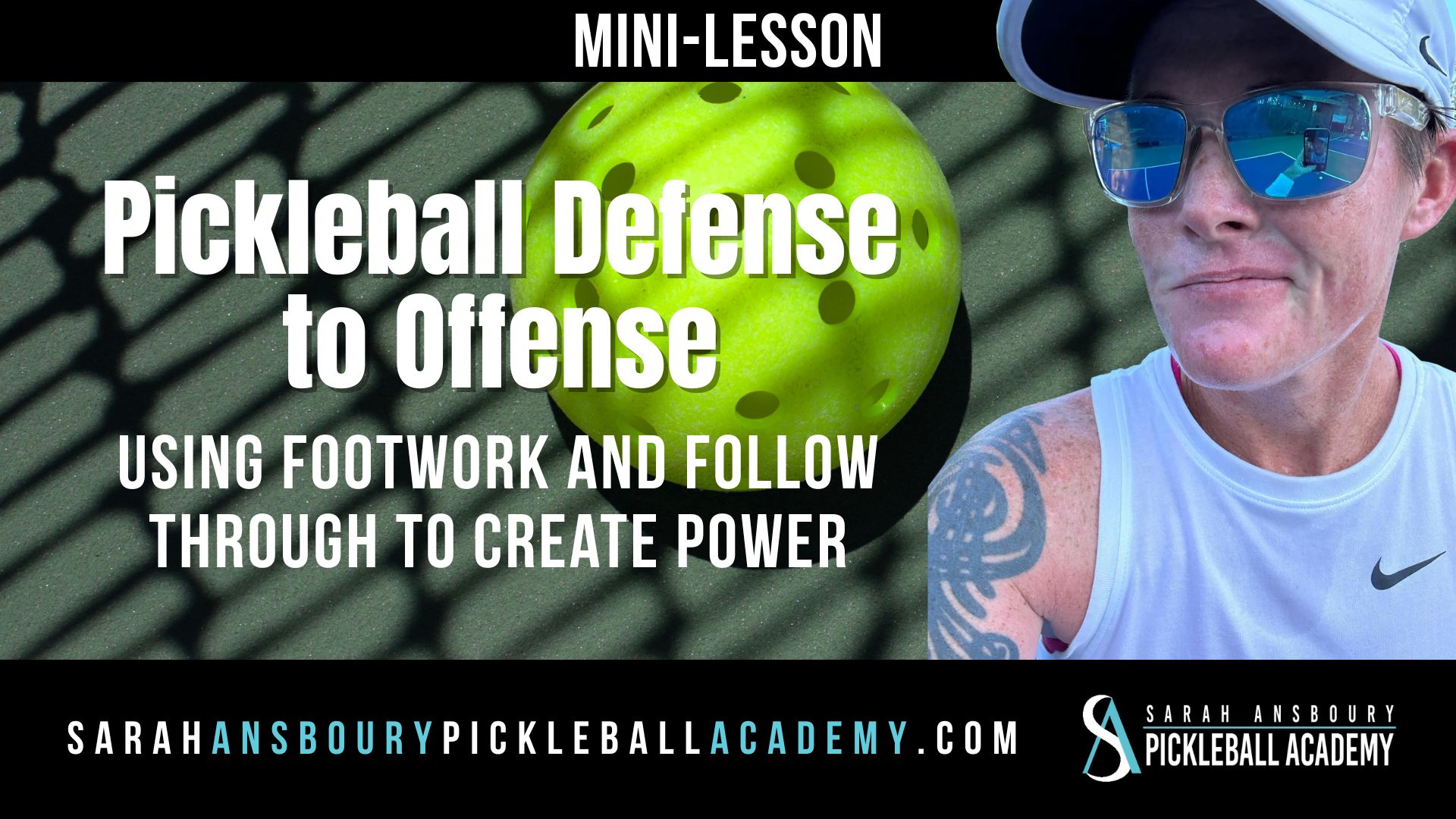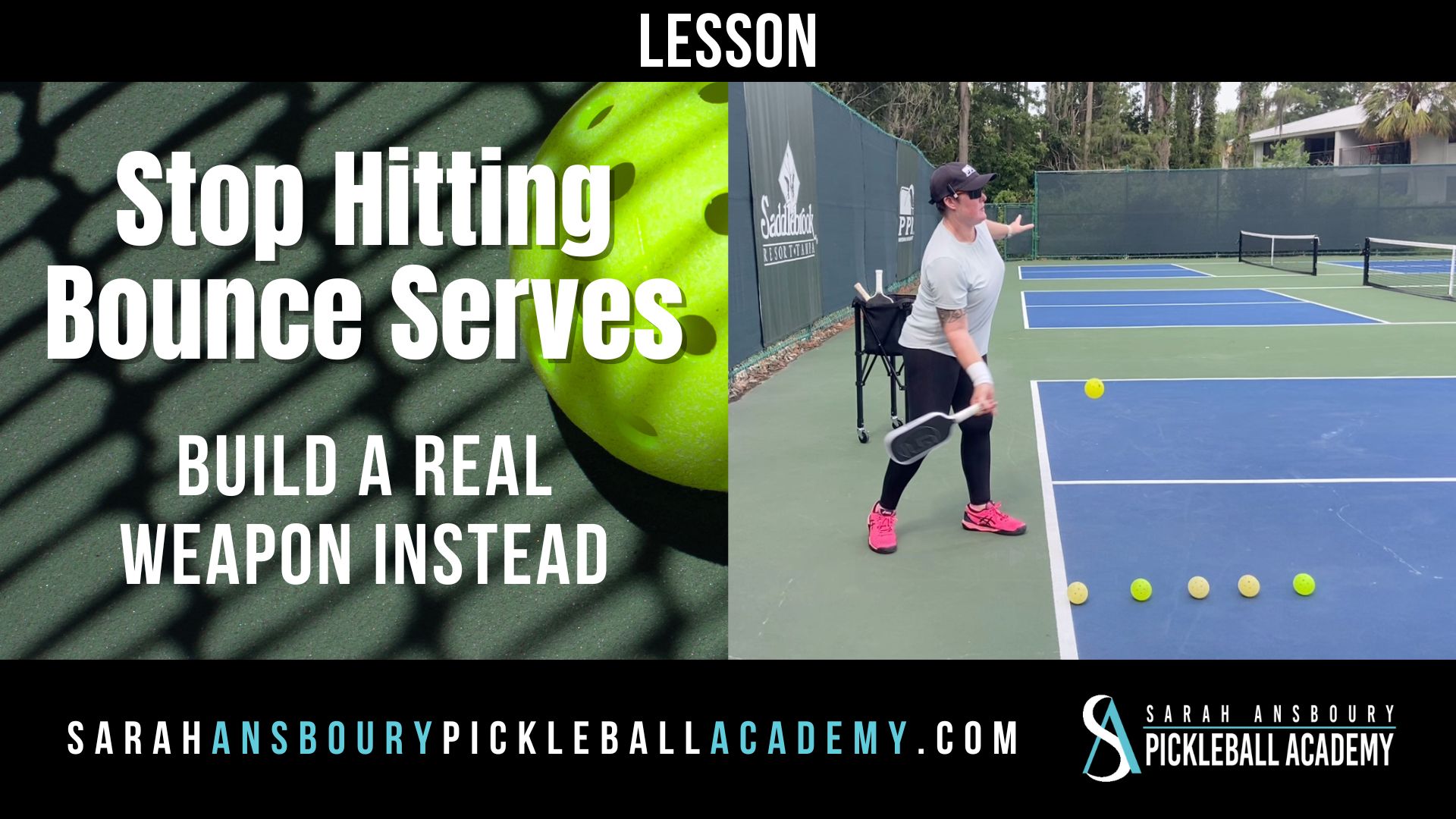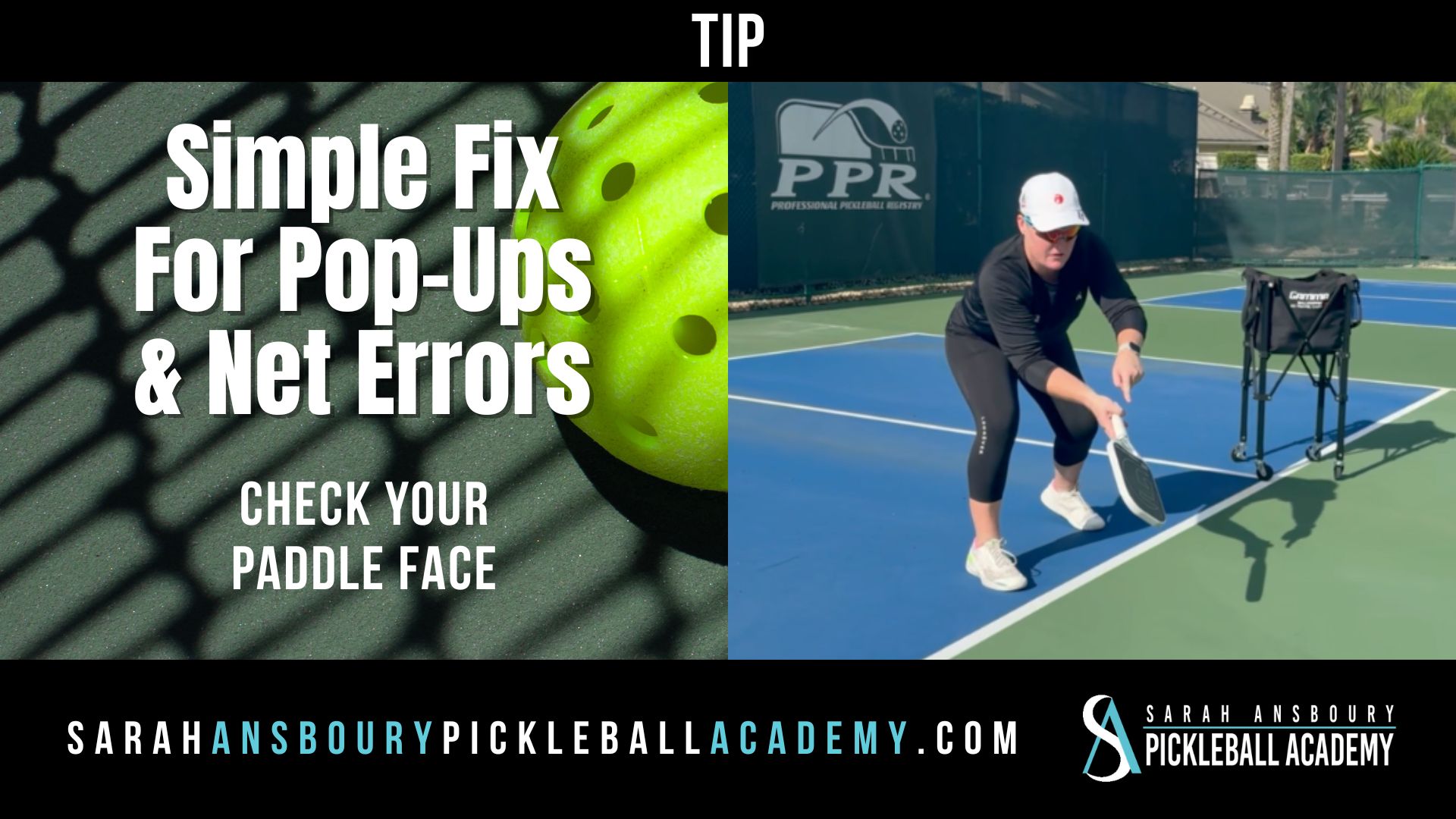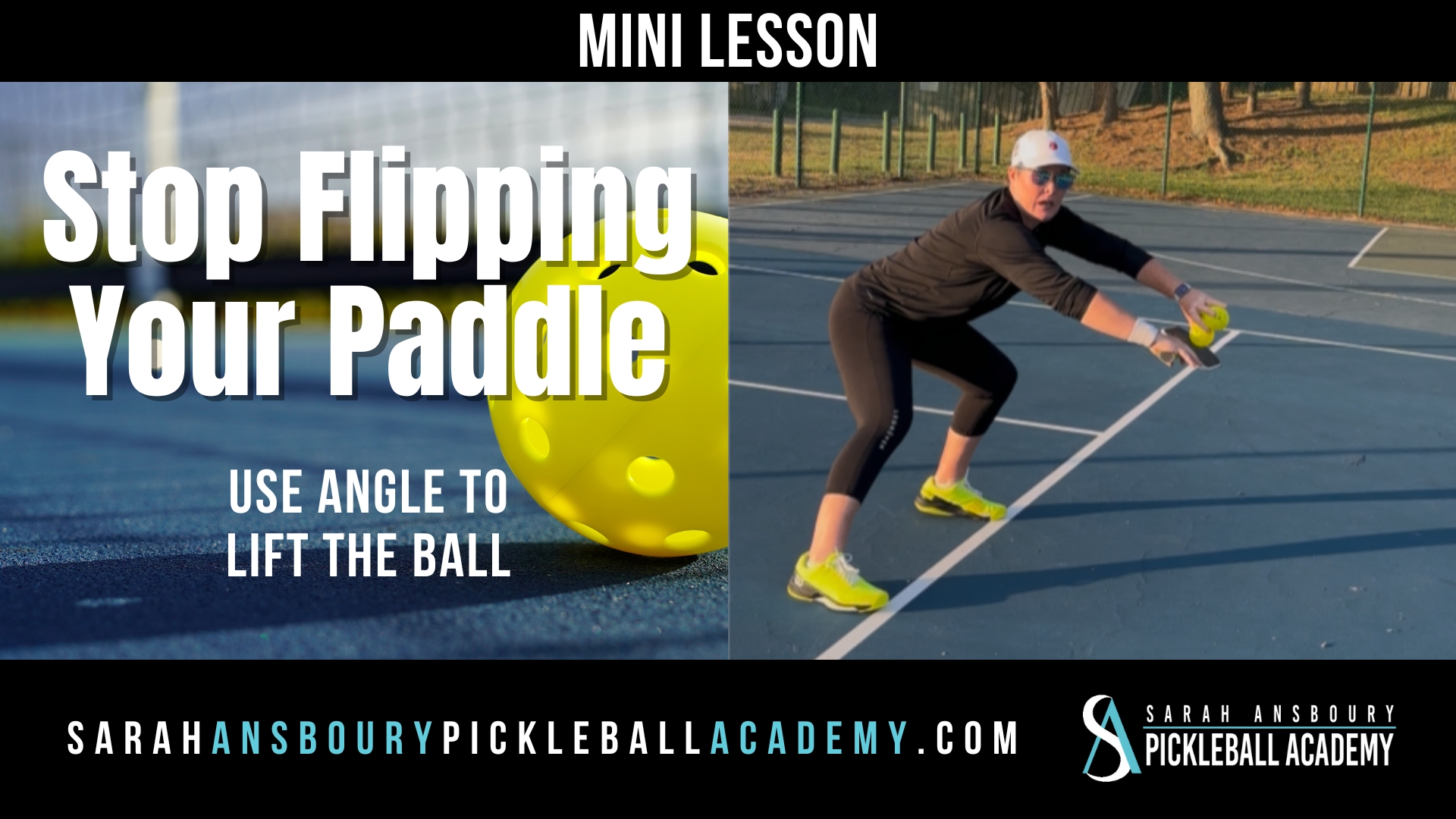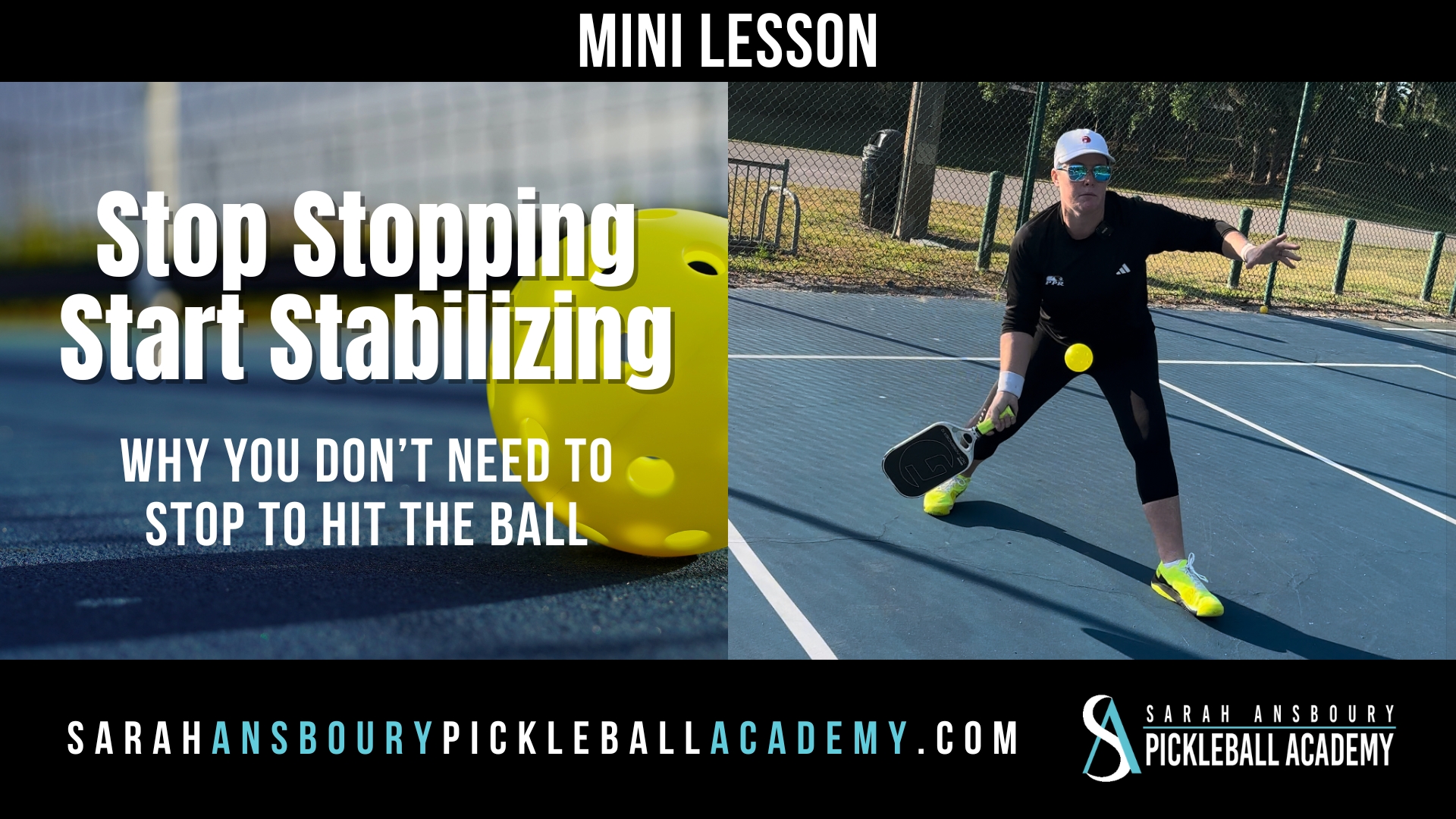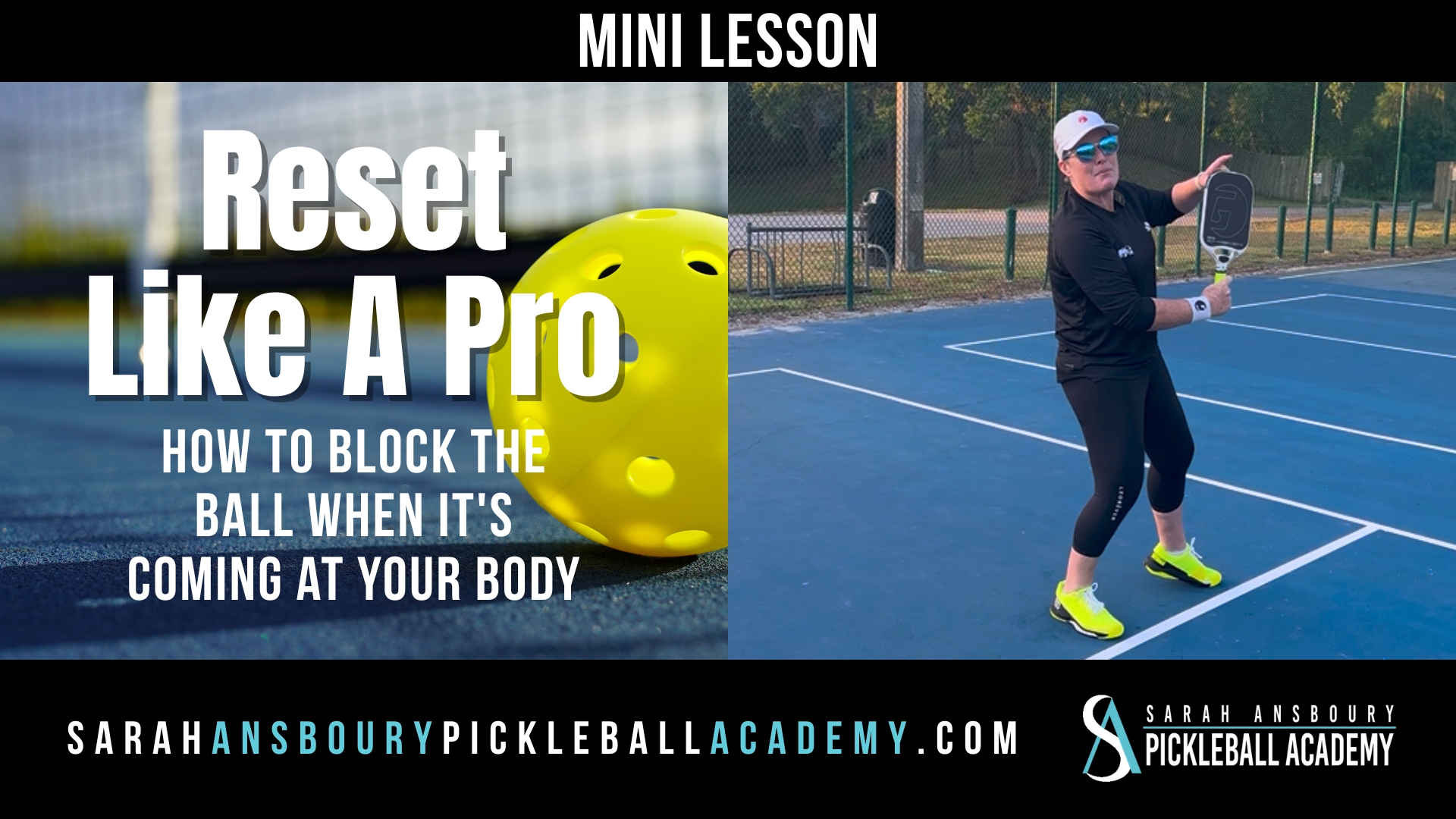I am writing this post because it seems many pickleball players have a misconception about the split step. The term is split step….not split stop.
Why, How and When
I wrote a post some time back on this topic. In that post, I explained
- Why – to achieve a dynamic, balanced position
- How – a small hop, landing softly
- When – when your opponent makes contact with the ball
When I previously wrote about this topic I emphasized the fact that it was a very small hop. What I have observed with many players attempting the move, is a big jump. They land hard, jarring their feet, ankles, and knees.
Step and Not Stop
If you were introduced to tennis 3 decades or more ago like I was, you may know that this movement was originally called the “split and step in the direction of the ball”. I think the fact that it was shortened to split step has led to some of the confusion. Combine this with the fact that many new players are cautioned to stop when their opponent makes contact with the ball and you get what I call the split stop.
Students are always telling me they have to stop before they hit the ball. But there is a difference between a full stop and dynamic stability. The reason you step to the ball is to create weight transfer. It is your stance that helps you move through the ball. If you focus on stopping to hit the ball, you often get stuck which will result in popping the ball up.
Pickleball Evolution
I think we can all agree that our sport is evolving…and with that evolution comes new ways of thinking
about the way we teach. 10 years ago many coaches suggested that players hold the paddle parallel to their bodies, almost like a shield. This position encouraged the player to hit their backhand more often. Today most pickleball coaches suggest instead that you hold the paddle so the tip of the paddle is at 11 o’clock. The paddle is well in front of my body and my arms are extended…rather than having my elbows tucked against my torso.
Just as teaching related to paddle position has changed, so has the concept of a full stop vs. dynamic stability. I recently started learning more about platform tennis and its coaching principles. Why? Because a pickleball court is nearly the same size as a platform tennis court. What I learned is that a split step is not taught. Instead, the player is taught to decelerate and accelerate. Consider the concept of decelerating and accelerating the next time you practice. Maintain a dynamic position so they can step in any direction. This is the purpose of the split step.
.


